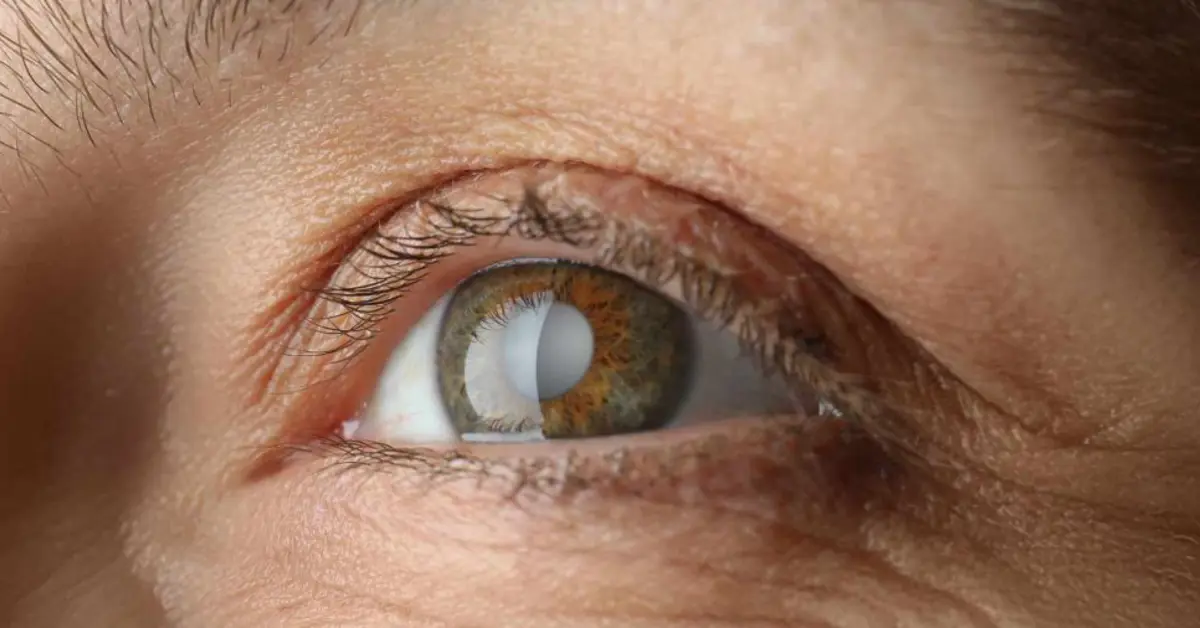Cataracts are the most common cause of vision loss worldwide, especially among older adults — but the good news is, they are treatable. With early screening and proper treatment, cataracts don’t have to stand in the way of clear, healthy vision.
In this article, you’ll learn what cataracts are, how they’re diagnosed, and the treatment options that can help restore your sight and quality of life.
👁️ What Is a Cataract?
A cataract is a clouding of the natural lens of the eye, which normally helps focus light for clear vision. When this lens becomes cloudy, it prevents light from passing through clearly — causing vision to become blurry, dim, or dull.
Cataracts typically develop slowly over time, and can affect one or both eyes.
⚠️ What Causes Cataracts?
Cataracts can result from several factors, including:
-
Aging (most common cause)
-
Prolonged exposure to sunlight (UV rays)
-
Diabetes
-
Eye injuries or surgeries
-
Smoking and alcohol use
-
Family history of cataracts
-
Prolonged use of steroid medications
🔍 Common Symptoms of Cataracts
-
Blurred or cloudy vision
-
Sensitivity to light and glare
-
Difficulty seeing at night
-
Faded colors or yellowed vision
-
Frequent changes in eyeglass prescription
-
Seeing “halos” around lights
-
Double vision in one eye
If you notice any of these symptoms, it’s time to schedule an eye screening.
🧪 Screening for Cataracts
Cataract screening is simple, painless, and can be done during a routine eye exam. It may include:
-
Visual Acuity Test – Measures how well you see at various distances.
-
Slit-Lamp Examination – Allows your doctor to examine the lens, cornea, and other parts of the eye under magnification.
-
Retinal Exam – After dilating your pupils, the doctor checks for cataracts and other issues at the back of the eye.
-
Tonometry – Measures intraocular pressure to rule out other conditions like glaucoma.
💉 Treatment for Cataracts
In the early stages, cataracts may be managed with:
-
Stronger prescription glasses
-
Better lighting
-
Anti-glare sunglasses
-
Magnifying lenses
However, surgery is the only effective treatment when cataracts begin to interfere with daily activities like reading, driving, or seeing clearly.
✅ Cataract Surgery: Safe & Highly Effective
Cataract surgery is one of the safest and most successful surgeries performed today. It involves:
-
Removing the cloudy lens
-
Replacing it with a clear artificial intraocular lens (IOL)
The procedure is usually done on an outpatient basis and takes less than 30 minutes. Recovery is typically quick, and vision improvement is noticeable within a few days.
👩⚕️ Who Needs Cataract Surgery?
Your eye doctor may recommend surgery if:
-
Your vision affects your daily life
-
Glasses or lenses no longer help
-
You have other eye problems that make cataracts more risky
Surgery is not urgent unless the cataract significantly reduces vision or affects overall eye health.
🧠 Final Thoughts
Cataracts don’t have to mean the end of clear sight. With regular screenings and timely treatment, most people can restore their vision and enjoy a full, active life.

